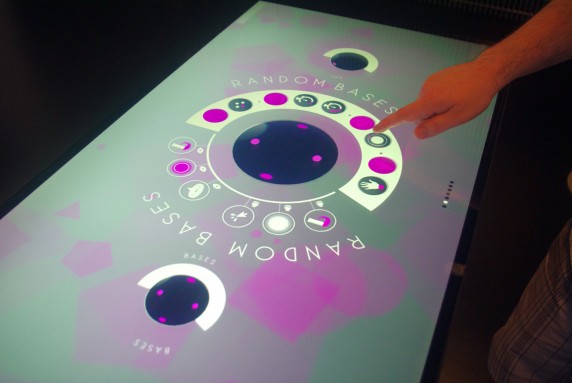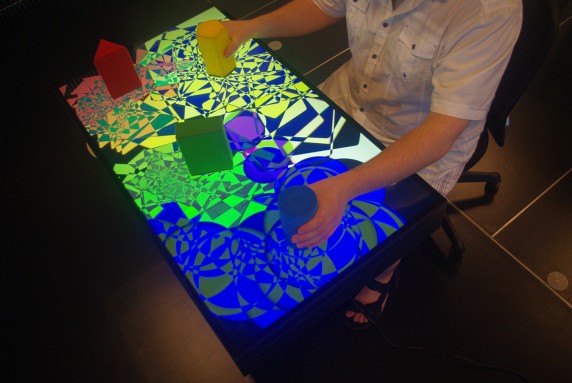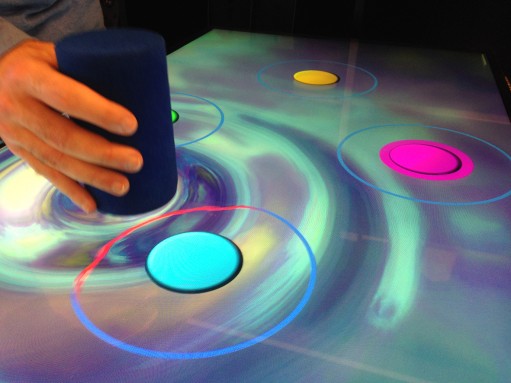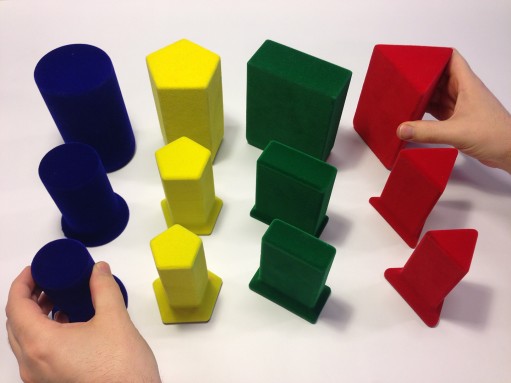Audio visual augmented feedback
The Elements design provides patients with a suite of goal directed and exploratory game-like applications for composing with sounds and visual feedback that promote artistic activity. Each of the environments provides (multimodal) augmented feedback (AF) designed to reinforce the actions performed by the patient. This takes the form audiovisual effects that are correlated with the users own motion. AF serves learning by providing the user with additional knowledge of the outcomes of their actions to assist future movement planning. Patients can discover new ways of relating to their body and relearn their movement capabilities in a guided and self-directed fashion.






